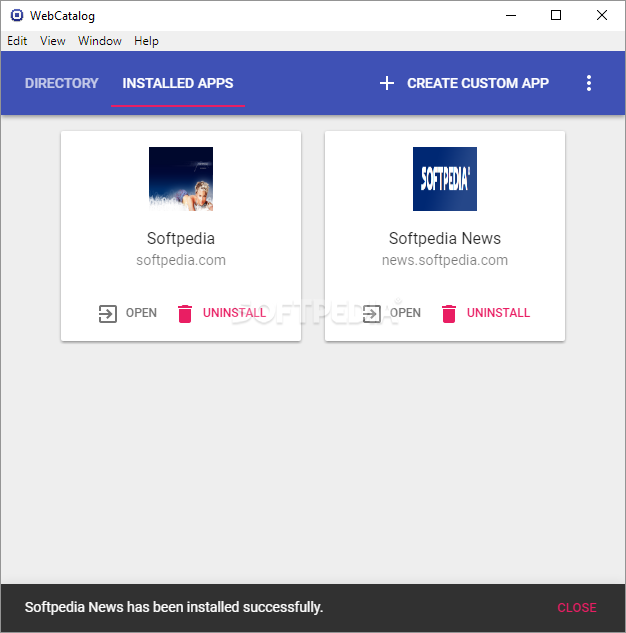

Within each of those areas, you could then have CDs, tapes, and vinyl.Īs you load the catalog database, checkboxes indicate which categories a particular SKU falls under. For instance, if you sell used music, the store's structure might contain Country, Rock, and Folk. The crux of an e-store is, naturally, productswhich WebCatalog lets you organize into categories and subcategories. WebCatalog's forms-based approach to site maintenance is akin to what you'd find in high-end Web content management systems, like Mediasurface or NCompass Labs' Resolution. It's particularly helpful to deconstruct this sample site when you want to try more elaborate tricks, such as tying a store into an external database. To learn this process, WebCatalog ships with several documents in PDF format, HTML WebDNA language guide, and a sample site written in WebDNA. As such, taking customization to the next level (for example, changing the placement of items on the home page) isn't particularly difficult you simply edit the supplied templates.įigure 1: Store Builder controls general appearance In effect, each of these components represent a snippet of WebDNA code. Here, I also add and edit non-product pagescontact information or return policiesand specify elements such as footer text. Drop-down lists on subsequent "Store Builder" pages control a store's general appearance, such as background colors, header graphics, and frame placement (see Figure 1). For example, let's say that I access one form to perform initial configuration tasks, including store naming and assigning security for the owner. So, WebCatalog is appropriate not just for design shops and individual businesses, but ISPs that host community portals as well.Īnother part of WebCatalog's architecture that contributes usability and speed is that all administration and store building happens through Web pages and HTML forms. Anda point that may help justify the program's pricea single server can host multiple e-commerce stores.

The setup application automatically performs file, database, and Web server configuration in about 10 minutes. WebCatalog is very compact (about five megabytes) and takes very little effort to install. But if you recognize these limitations, WebCatalog represents a very good value. And third, WebCatalog (as shipped) doesn't offer the personalization features visitors can get at high-profile online stores. As a result, if you need to execute a highly custom design and don't have WebDNA experience, WebCatalog might prove more time-consuming than choosing a package like LaGuarde's Storefront 5.0, which uses standard ASP scripting and integrates with Microsoft FrontPage. Second, making serious changes to page design requires that you learn Smith Micro's proprietary WebDNA scripting language. So what's the catch? Well, first, out-of-the-box storefronts aren't very attractive. And runs under major operating systems, including Apple's new OS X. WebCatalog, also has fill-in-the-blank forms for credit card processing using CyberCash or InternetCash. Built-in templates eliminate page layout steps, while the integrated database means you don't need to know anything about SQL calls or DNS connections. The software lets those with elementary Web skills assemble a basic catalog-driven storefront and get it online in a few hours. WebCatalog 4.0 is a great fit for these jobs.
Yet a lot of companies take a cautious approach to e-businessstarting out small and tasking Web designers to build online catalogs as efficiently as possible. Home Page: Platforms: Windows 95/98/NT Sun Solaris, Linux, Cobalt, and Mac OS XĮven considering the current turmoil surrounding certain e-commerce sites, there's no question that Web storefronts are an important way for organizations to build sales. At a Glance Creator: Smith Micro Software


 0 kommentar(er)
0 kommentar(er)
